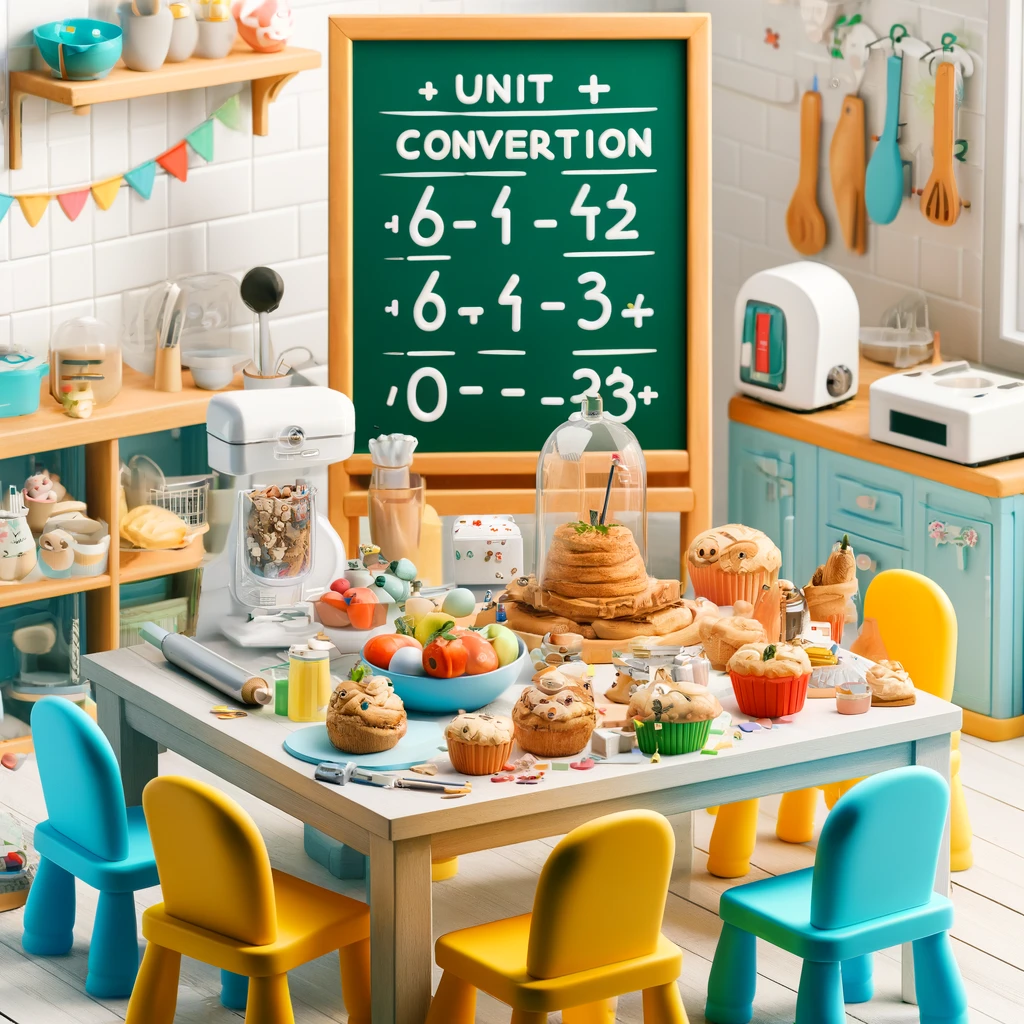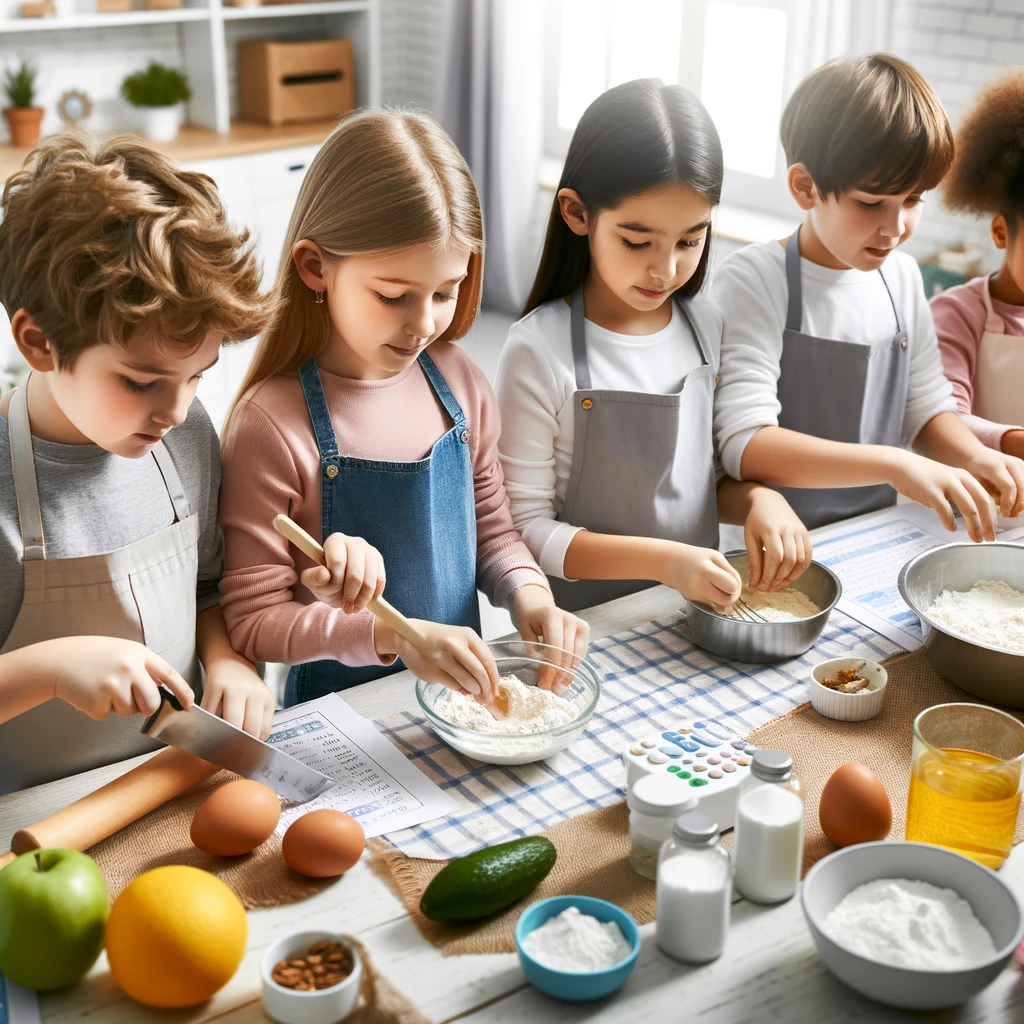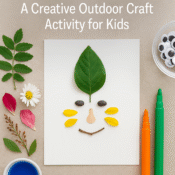Mixing Ingredients with Numbers for Delicious Learning
In the delightful world of culinary arts, cooking and mathematics blend seamlessly, creating a savory recipe for educational success. “Culinary Math” is an innovative concept that leverages cooking activities to introduce and practice mathematical concepts like ratios, measurements, fractions, addition, subtraction, and unit conversions. This blog delves into how culinary activities can be a medium for practical math learning, offering a step-by-step guide to infusing arithmetic lessons into the kitchen.
Whisking Through Numbers
Culinary Math is not just about following recipes; it’s a creative way to apply mathematical principles in real-life scenarios. Cooking requires precise measurements, timing, and understanding of proportions, making it an ideal platform for teaching practical mathematics. This approach helps demystify math, showing children its application in daily life and making learning both fun and functional.
Setting Up Your Kitchen Classroom
To turn your kitchen into a learning hub, start by selecting recipes that involve a variety of measurements and calculations. Choose dishes that require different units of measurement (cups, tablespoons, grams, ounces) and offer opportunities to practice basic arithmetic operations. Here’s how to prepare:
Related:
Gather Simple Recipes: Start with basic recipes that require a few ingredients and steps, gradually moving to more complex dishes.
Prep Your Tools: Ensure you have measuring cups, spoons, a kitchen scale, and calculators handy to aid in the learning process.
Organize Ingredients: Arrange the ingredients beforehand to streamline the cooking and learning process.

Cooking Up Lessons
With the kitchen prepped, it’s time to dive into the educational feast. Each cooking step can be a math lesson in disguise:
Measuring Mastery: Teach children how to measure ingredients accurately. Discuss the different units of measurement and when to use them, enhancing their understanding of volume and weight.
Fraction Fun: Baking is a fantastic way to introduce fractions. Adjust recipes to make half, double, or one-and-a-half times the original, prompting kids to calculate the necessary ingredients.
Proportional Cooking: Discuss the concept of ratios by altering recipe sizes to fit the number of servings needed. This can lead to lessons on scaling and proportions.
Addition and Subtraction in Recipes: Teach kids to modify recipes based on what’s available. For instance, if a recipe calls for 2 eggs and you have only 1, discuss what other adjustments to the recipe might be necessary.
Unit Conversion Challenges: Introduce the concept of unit conversions by using recipes in different measurement systems (like converting a recipe from metric to imperial units).

The Proof is in the Pudding
As children engage in cooking, they see the tangible outcomes of their calculations. They understand that an incorrect measurement can affect the final dish, which emphasizes the importance of accuracy in math. Here are some practical tips:
Reflect and Review: After cooking, discuss what mathematical concepts were used and how they impacted the cooking process.
Experiment with Ingredients: Encourage children to experiment with ingredient proportions to see how it alters the taste, texture, and appearance of the food, reinforcing the lesson that math is everywhere.
Savoring the Educational Journey
Culinary Math is more than a teaching method; it’s a way to make math relatable and enjoyable. By integrating mathematical concepts into cooking activities, children learn that math is not just about numbers on a paper; it’s a fundamental part of everyday life. The kitchen becomes a vibrant classroom where delicious dishes and mathematical understanding are cooked up hand in hand, fostering a love for learning that children will carry with them long after the meal is enjoyed.





[…] problems. Moreover, it boosts their spatial awareness and navigation skills, preparing them for more complex mathematical and geographical concepts in the […]